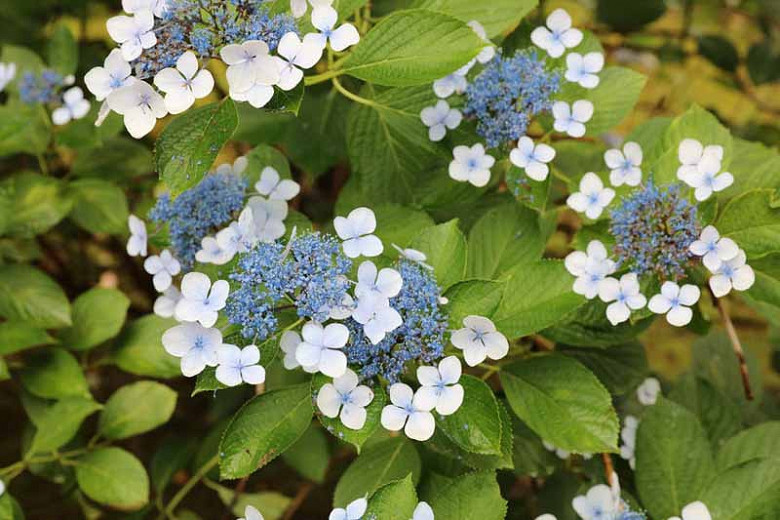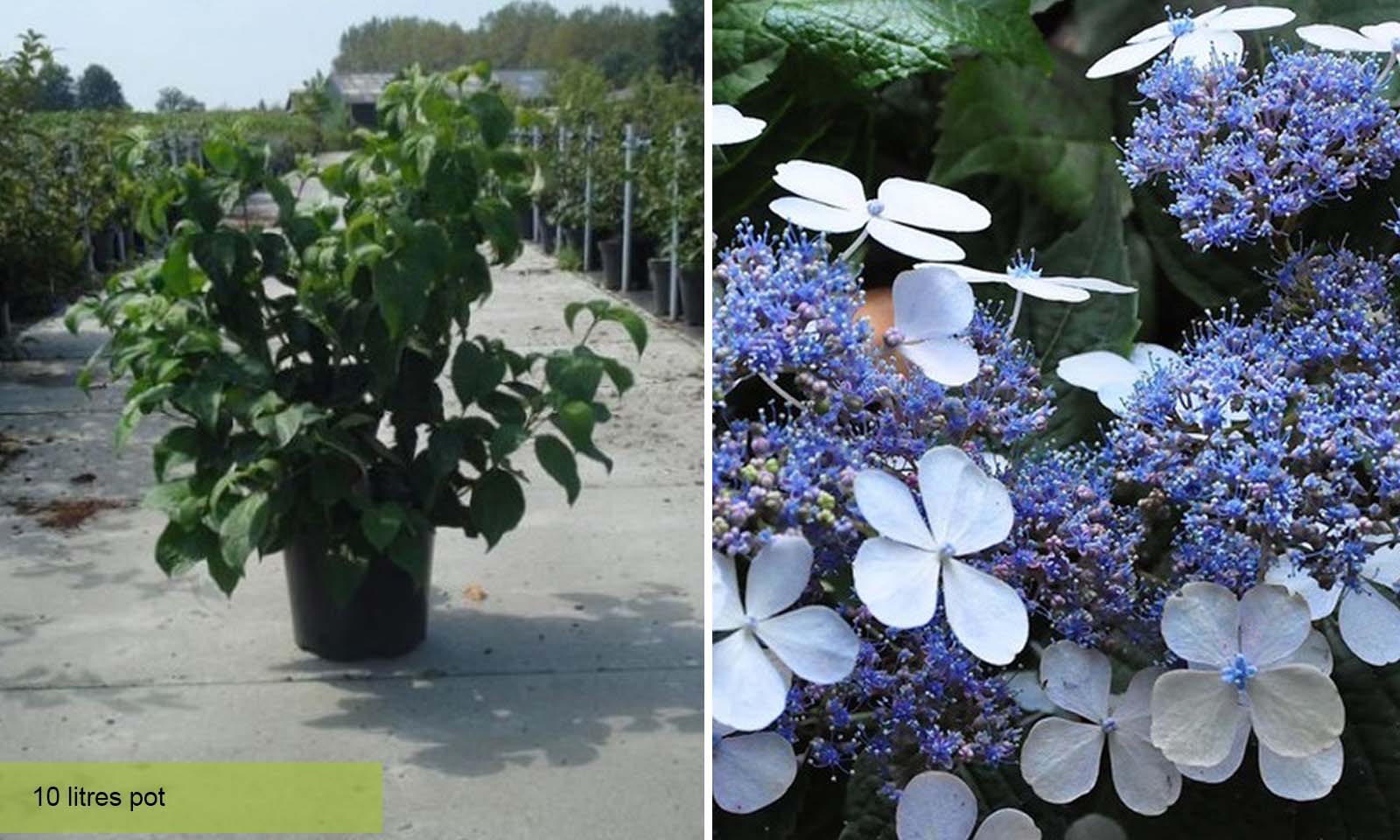How To Grow Hydrangea Serrata Bluebird For Stunning Blooms
Hydrangea serrata Bluebird is a beautiful deciduous shrub that is native to Japan. It is known for its lacecap blooms, which are a delicate shade of blue. Bluebird hydrangeas are relatively easy to grow, but they do require some special care.
In this blog post, I will share with you everything you need to know about growing Hydrangea serrata Bluebird. I will cover topics such as choosing the right location, planting, watering, fertilizing, and pruning. I will also provide some tips on how to get the best blooms from your plant.
Choosing the right location
Bluebird hydrangeas prefer full sun or partial shade. They will tolerate full sun in cooler climates, but they may need some afternoon shade in hot, sunny areas. Bluebird hydrangeas also prefer moist, well-drained soil.
Planting
When planting Bluebird hydrangea, choose a location that receives full sun or partial shade. The soil should be moist, but well-drained. Amend the soil with compost or other organic matter before planting.
Space Bluebird hydrangeas about 3 to 5 feet apart. This will give them enough room to grow and spread.
Watering
Bluebird hydrangeas need regular watering, especially during the first year after planting. Water your plant deeply once a week, or more often if the weather is hot and dry.
Fertilizing
Fertilize Bluebird hydrangeas in the spring with a balanced fertilizer, such as 10-10-10. You can also use a fertilizer specifically designed for hydrangeas.
Pruning
Bluebird hydrangeas do not need a lot of pruning. You can lightly prune your plant in the spring to remove dead or damaged branches. You can also prune your plant after flowering to shape it.
Getting the best blooms
To get the best blooms from your Bluebird hydrangea, provide it with the right conditions. Give it full sun or partial shade, moist, well-drained soil, and regular watering. Fertilize your plant in the spring, and prune it lightly in the spring or after flowering.
With proper care, your Bluebird hydrangea will reward you with stunning blooms for many years to come.
Hydrangea serrata 'Bluebird' is a beautiful deciduous shrub that is known for its delicate lacecap flowers. The flowers are typically pale pink or light blue, but the color can be changed by adjusting the soil pH. This versatile shrub is easy to care for and is a great addition to any garden.
If you are interested in learning more about Hydrangea serrata 'Bluebird', I recommend visiting . This website has a wealth of information about the plant, including its care requirements, planting instructions, and pest and disease prevention tips. You can also find beautiful photos of the plant in bloom.
I hope this helps!
FAQ of hydrangea serrata bluebird
Question 1: What is Hydrangea serrata Bluebird?
Answer: Hydrangea serrata Bluebird is a deciduous shrub that is native to Japan. It is known for its beautiful, lacecap flowers that bloom in shades of blue, pink, or white. The flowers are typically about 2 inches in diameter and appear in mid-summer. Hydrangea serrata Bluebird is a relatively easy plant to care for and is hardy in zones 5-9.
Question 2: What are the best growing conditions for Hydrangea serrata Bluebird?
Answer: Hydrangea serrata Bluebird prefers full sun to partial shade and moist, well-drained soil. It is important to note that the color of the flowers will vary depending on the acidity of the soil. In acidic soil, the flowers will be blue, while in alkaline soil, they will be pink.
Question 3: How do I care for Hydrangea serrata Bluebird?
Answer: Hydrangea serrata Bluebird is a relatively low-maintenance plant. However, there are a few things you can do to keep it healthy and blooming:
- Water regularly, especially during the summer months.
- Fertilize in the spring with a balanced fertilizer.
- Prune in the spring to remove dead or damaged branches.
- Protect from frost in the winter.
Question 4: What are some common problems with Hydrangea serrata Bluebird?
Answer: The most common problems with Hydrangea serrata Bluebird are:
- Leaf spot: This is a fungal disease that can cause brown or black spots on the leaves.
- Powdery mildew: This is another fungal disease that can cause a white powdery coating on the leaves.
- Aphids: These small insects can suck the sap from the leaves, causing them to wilt and curl.
- Slugs and snails: These pests can eat the leaves and flowers of Hydrangea serrata Bluebird.
Question 5: How can I propagate Hydrangea serrata Bluebird?
Answer: Hydrangea serrata Bluebird can be propagated by:
- Softwood cuttings: This is the most common method. Take cuttings in the spring or early summer when the new growth is soft and pliable.
- Hardwood cuttings: This method is less common, but it can be successful. Take cuttings in the fall or winter when the plant is dormant.
- Division: This method is a good way to propagate large plants. Dig up the plant in the spring or fall and divide it into smaller sections.
Image of hydrangea serrata bluebird
5 different images of "hydrangea serrata bluebird" from Pinterest:




Post a Comment for "How To Grow Hydrangea Serrata Bluebird For Stunning Blooms"